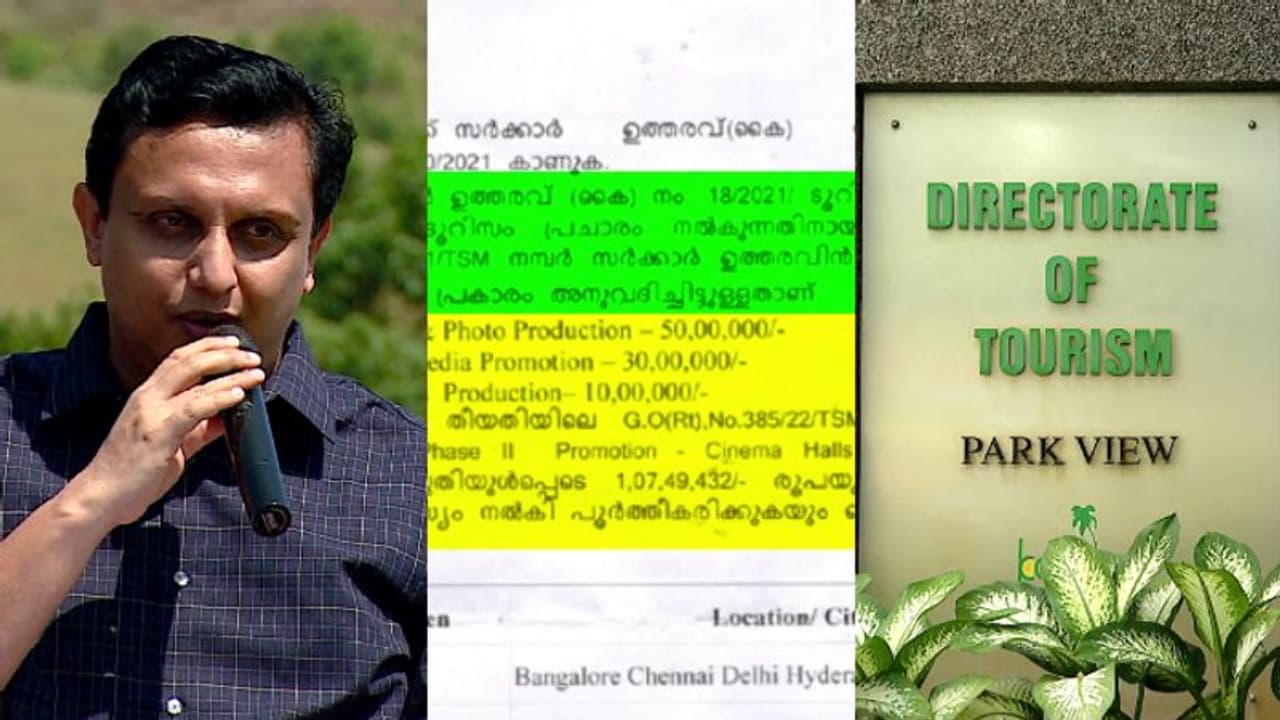The Kerala government has spent over Rs 148 crore on tourism advertising, even as several projects, including caravan tourism and destination challenges, remain in limbo. The spending revealed through an RTI query, was obtained to Asianet News that highlights concerns about the effectiveness of the advertising campaigns, given the stalled projects.
Thiruvananthapuram: Despite the government spending crores on advertising, projects aimed at the comprehensive development of the entertainment tourism sector remain largely unfulfilled. Since the second Pinarayi government took office, the tourism department has paid Rs 148 crore to various advertising agencies. Asianet News has obtained RTI documents detailing the expenditure.

Over 16,000 Kerala government employees to retire today; Rs 9000 crore burden on treasury
From caravan tourism to the destination challenge, and from the comprehensive development of Kovalam to the facelift of Akkulam, this year has seen numerous announcements from the tourism department. However, many projects remain only announcements, with some halted midway. Despite these setbacks, there has been no shortage of advertising. Even though many plans were not implemented, crores have been spent on advertising.
The extent of wasteful spending became evident from the reply received under the Right to Information Act regarding the number of advertising agencies working for the state tourism department and the funds allocated. Since the second Pinarayi government took office, the tourism department has spent Rs 148,33,97,191 (over Rs 148 crore) on advertisements over the two financial years from 2021 to 2023. Four advertising agencies are currently engaged by the tourism department. The department explained that work orders are issued based on the bid rates of the respective agencies, with government permission, and considering the director's financial allocation authority.
Crores were also allocated to the caravan tourism campaign, with Rs 50 lakh spent solely on producing the campaign video. An additional Rs 30 lakh went towards social media promotion, and Rs 10 lakh was used for brochure printing. Furthermore, Rs 1 crore and seven lakh were spent on advertising in cinema theaters and various digital web portals. While the tourism department may justify how projects can succeed without extensive campaigning, they must also account for the whereabouts of projects that have spent crores on campaigning but are now in limbo.
